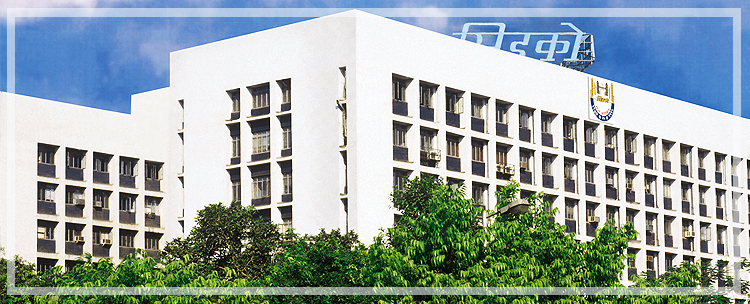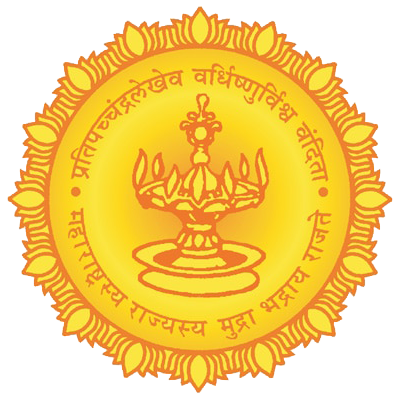What is CIDCO

What is CIDCO
CIDCO is an acronym of the City and Industrial Development Corporation of Maharashtra Limited (CIDCO). Completely owned by the State Government incorporated as a company on 17th march 1970 it is a public sector undertaking of the Government. CIDCO is notified by the State Government as the New Town Development Authority (NTDA). The Government later widened the scope of CIDCO’s activities delegating the responsibility as the Special Development Authority (SPA). Today CIDCO has earned a reputation as the premier town planning and development agency in the country.
Need for a New City
Mumbai’s increasing industrial and commercial importance attracted the people coming here from other parts of the county in search of livelihood. Due to insular nature, the city grew up vertically taking the natural diversion since it had horizontally reached to a dead-end. This gave rise to suburbs. The haphazard growth of residential units resulted in meagre civic amenities such as good drainage, recreation and playground facilities for children, school facilities, hospital and other medical facilities. Industrial and residential areas sprung up mingling with each other resulting in certain health problems. Slums like Dharavi, tagged as the largest slums in Asia, had sprung by this time.
The idea of a new city adjacent to Mumbai is the brainchild of Mr. H. Foster King, an architect and planner of the Gregson, Batley and King Company. He was also a partner of the company. On 14th June 1945 in his speech at the Indian Institute of Architects he asserted, “It is the time to think of setting up a city on the East of Bombay across the (Thane) harbour”.
In 1947, an American Architect and Town Planning Consultant Mr. Albert Mayer and the then engineer of Bombay Municipal Corporation Mr. N. V. Modak, published a paper ‘A Master Plan in Outline’ for the new city. Mr.Mayer-Modak focused sharply on the issue of population congestion, with the major concern being traffic flow. They suggested moving industries to the peripheries of Greater Bombay and the creation of a new township at Bassein (Vasai). The writers admitted that “it is just an envelope to be filled with details and not a final blueprint”. They also recommended connecting the hinterland at Uran via a bridge from Trombay, implying East-West extension of the city instead of South-North.
In 1948, Renowned Economist and Social Thinker Prof. Dhananjay Ramchandra Gadgil, in his paper on the future of Mumbai City, highlighted the problems of rising population and its fallout on city’s infrastructure. He recommended curbing industrialization in Mumbai setting 1941 as the cut-off year. The industries set up thereafter should be shifted beyond the limits of Ambarnath suburb, he suggested.
On realising the emerging problems of population boom and consequent health hazards, the then Government of Bombay appointed a study group chaired by the then Secretary of the Public Works Department, Mr. Sadashiv Govind Barve in 1958 to consider the problems of traffic congestion, deficiency of open spaces and play fields, shortage of housing and over-concentration of industry in the metropolitan and suburban areas of the city; and to recommend specific measures to deal with them.
The Barve Group submitted its report in February 1959. One of its major recommendations was that a rail-cum-road bridge be built across the Thane Creek to connect peninsular Bombay with the mainland. The Group felt that the bridge would accelerate development across the creek, relieve pressure on the city's railways and roadways, and draw away industrial and residential concentrations eastward to the mainland. The Group emphasized on the orderly and planned development.
On 1st May 1960, the State of Maharashtra was born. The census of 1961 found 38.66% rise in population. Migrants in Mumbai were 64%. Employees in the State Government offices rose to 35% between 1961 and 1967. In 1964, percentage of industrial workers was 13.3. Pondering over the grave situation arising out of the population explosion and taking a serious cognizance of the Barve Panel Report, the government in March 1964 appointed a well-known socio-economist, Prof. D. R. Gadgil, who had dealt with urban issues. The task given to the committee was to formulate broad principles of planning for the metropolitan regions of Bombay (now Mumbai), Panvel and Pune.
He recommended decentralization of industries in the State so that Mumbai’s history should not be repeated elsewhere. The panel also recommended the creation of Regional Planning Boards for notified regions, initially for Bombay and Pune regions for preparation and execution of such plans. To establish such boards, it also suggested Regional Planning Act.
In the meantime in 1965, Modern Architectural Research Group (MARG) journal published an article, ‘Bombay – Planning and Dreaming’ jointly written by Mr. Shirish Patel, Mr. Charles Correa and Mrs. Pravina Mehta. They showcased a plan for the new city in their well-drafted article
The Gadgil Committee submitted its report in March 1966. On receiving the report, the government passed Maharashtra Regional and Town Planning Act in the same year. The Act was brought into force in January 1967 notifying the Bombay Metropolitan Region. In June 1967, Bombay Metropolitan Region Planning Board was constituted under the chairmanship of an ICS officer, Mr. L. G. Rajwade.
The board outlined the draft Regional Plan in January 1970 and endorsed the earlier recommendations that the new metro-centre, New Bombay, as it was then called, be developed across the harbour. This alternative growth pole, as a counter-magnet to the office concentration taking place at the Southern tip of Bombay, would siphon off the over-concentration of jobs and population re-allocating them on the mainland, it opined.


